|
I will admit that when we decided to make the return trip to the US, I said “whew”. In terms of travel, all I could think about was how we would get some great sailing in the Bahamas and then we would plan a comfortable Gulf Stream Crossing, followed by a few weeks of easy motoring in the Atlantic Intracoastal Waterway (AICW). I felt we had earned a bit of an easy run, motoring along and enjoying the inner coastal sights, including the bottlenose dolphins that frequent the ICW in Florida. Great sailing in the Bahamas? Check. A comfortable Gulf Stream Crossing? Check. Easy motoring in the ICW? Yes but… Then we went aground. Ugh. No, we didn’t exactly go aground in the ICW but turning off the ICW (and the “Bob423” navigation tracks we follow religiously). We went aground trying out a new anchorage in Jensen Beach, which was the first anchorage for us after leaving Lake Worth. Reviews of the anchorage in Navionics were split between “This is a lovely anchorage” and “Don’t anchor here. Charts are wrong!”. So why try an anchorage with this kind of review? It was a good staging anchorage for us and had easy shore access for Ocean. We rationalized that we would approach the anchorage slowly, while carefully watching our depths and we would bail out if anything looked to “skinny” for our 1.7 metre draft. Well, it didn’t quite work out like that. The depths went from 2.5 metres to 1 metre in mere seconds. And the charts were extremely wrong. We went aground right on a sounding showing that the depth should be 2.4 metres. For those new to charts, “soundings” are actual depth measurements taken at low tide. Soundings are generally pretty accurate except for two reasons: The first is at low-low tide (when the tide might go lower than normal due to a full moon or a new moon). The second? Shoaling. Ah, we have a winner. Jensen Beach is adjacent to the St. Lucie inlet which moves the sandy bottom around with each tidal change coming and going from the Atlantic Ocean. Shoaling. Oops. Okay, now we are aground. Out come the tactics. We first try to rev the engine (64 horsepower Westerbeke) in order to maneuver our way out. Nope. Next, knowing that we have a strong westerly wind, out come both sails. The hope is to have Wild Horses leaned enough to one side to release her keel and float off. Nope. Okay, could we perhaps wait for high tide and let the flooding waters lift her keel? Well, that would be several more hours. The only answer was to call for a tow. Thankfully, we bought insurance for this. We have a membership to Tow Boat US. We went aground at 3:45pm, tried our own tactics until 4:15pm, then I made the call to Tow Boat US. The Tow Boat operator was at our boat in 20 minutes and had us unstuck 10 minutes after that. But that’s not all! He then escorted us through the shallow waters to a nearby mooring field. He only left the scene once we were attached to the mooring ball. By 5:15pm, we were enjoying cocktails in our cockpit. So how much did all of this cost us? The annual insurance to Tow Boat US is $250 CAD. That’s it. No additional cost for the on-site towing or escort to the mooring ball. There are no exclusions, excessive questions or delays. Just awesome service from an awesome company. Best money we ever spent on insurance. For me, I would never do the ICW without Tow Boat US. Ever. The next morning, we moved along to Vero Beach and spent 6 wonderful days at anchor, enjoying great food, shopping, the nearby dog park, and chatting with our fellow cruisers. It was a great stop to rest and relax. By last Monday (May 13), we were on the move again. First to Eau Gallie for a night and then to Titusville. But what is the fun of motoring along in good weather? No, about half an hour from our planned anchorage in Titusville (beside the Max Brewer bridge), the weather alerts sounded off on our phones. A squall was making its way across central Florida and we were right in its track. Within 15 minutes, the sky darkened to a menacing grey and the winds started to amp up. Mike immediately made the call that Wild Horses needed to turn around and go south. We were minutes from our anchorage but also minutes from the bridge. If the wind increased any more, we could be in danger of hitting the bridge. Turning around was the right call. We motored back on our tracks, into a part of the ICW where there was no traffic, no bridges and enough space to allow us to maneuver without going aground. The wind hit 45 knots. We were leaned over hard, with salty waves slamming our starboard side. Heavy rain meant that we had to rely entirely on our instruments. Wild Horses and Mike are a well-oiled machine and they handled the conditions beautifully. Our only concern was the lightning. One wayward bolt hitting Wild Horses would not just mean that our electronics would be disabled but our engine as well. I believe a few prayers may have been uttered during the ordeal. A half hour later, it was all over. The lightning tracked east, away from us. The rain stopped and the wind died. We motored to our anchorage with calm seas. The only sign of our harrowing time fighting the squall were our frayed nerves and shaky legs. That was just a few hours ago. Tonight, we will have a nice dinner, sleep well and then be up, bright and early, ready to move along to Daytona Beach. Hmmmm, I wonder what adventure the ICW will hand to us tomorrow….? 😉. Enjoying the blog? Want to know where we are right now? Click here!
Comments are closed.
|
AuthorVictoria is a hiker, dog-lover, blog writer and planner extraordinaire. Oh, yeah and she is kind of fond of living on a boat. Categories
All
Archives
June 2024
|
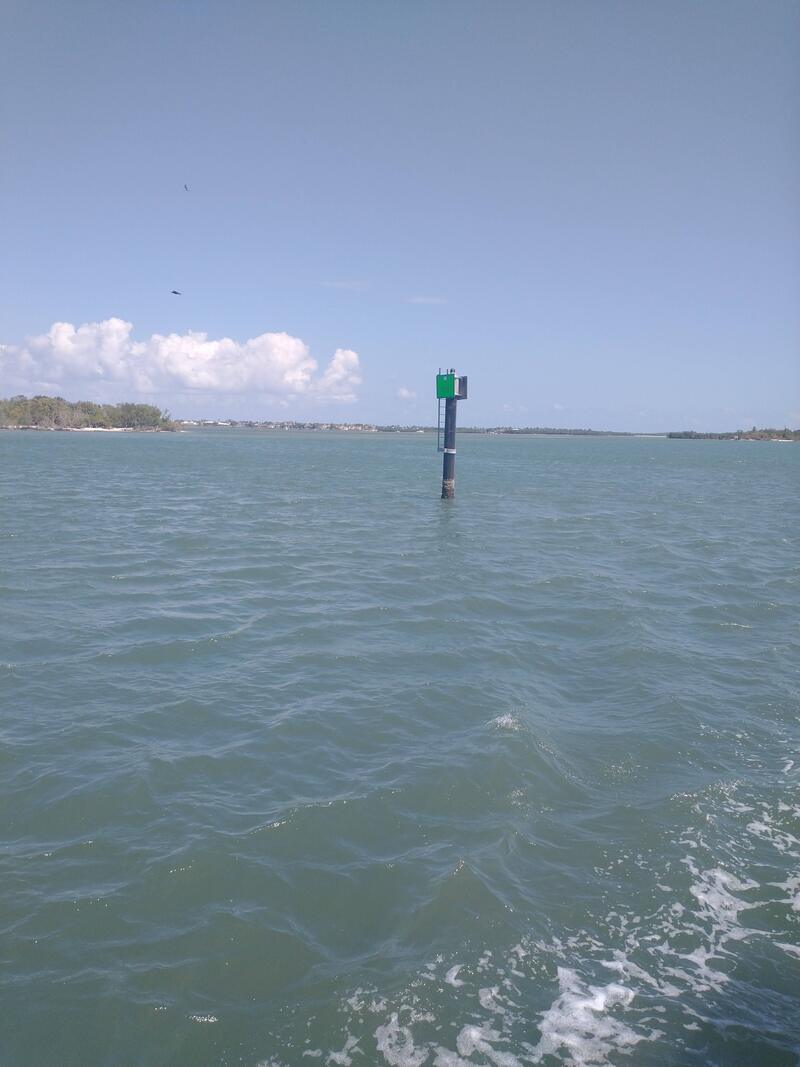




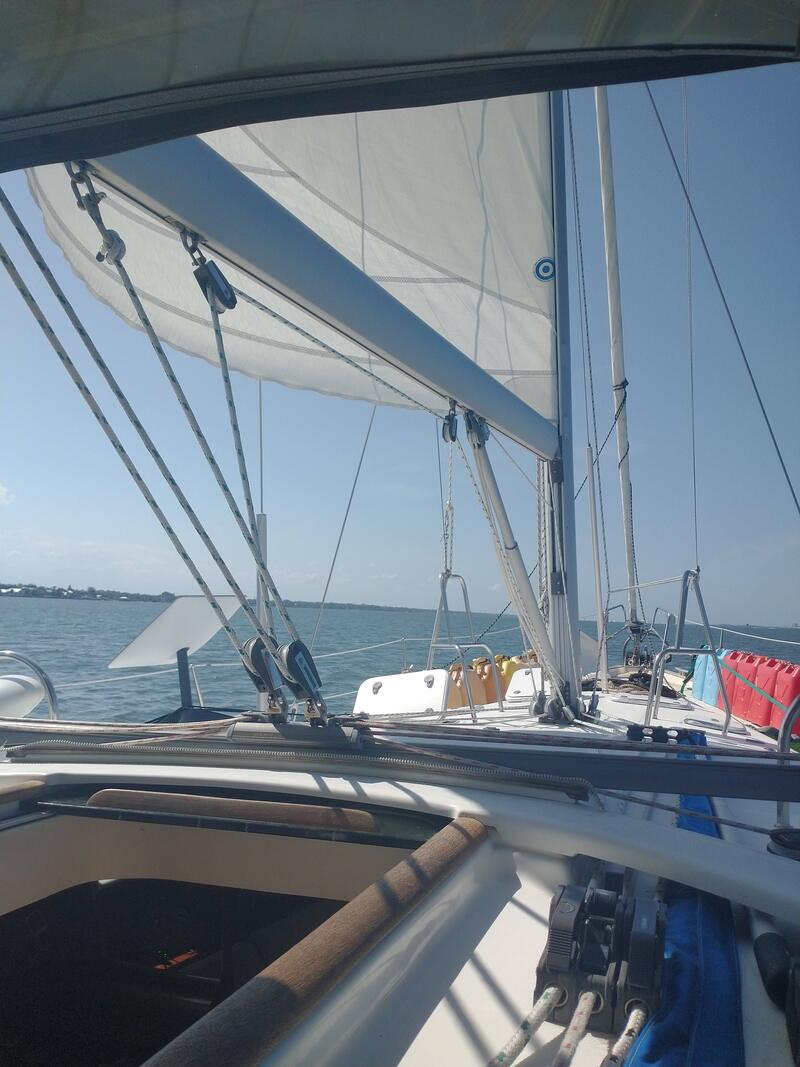



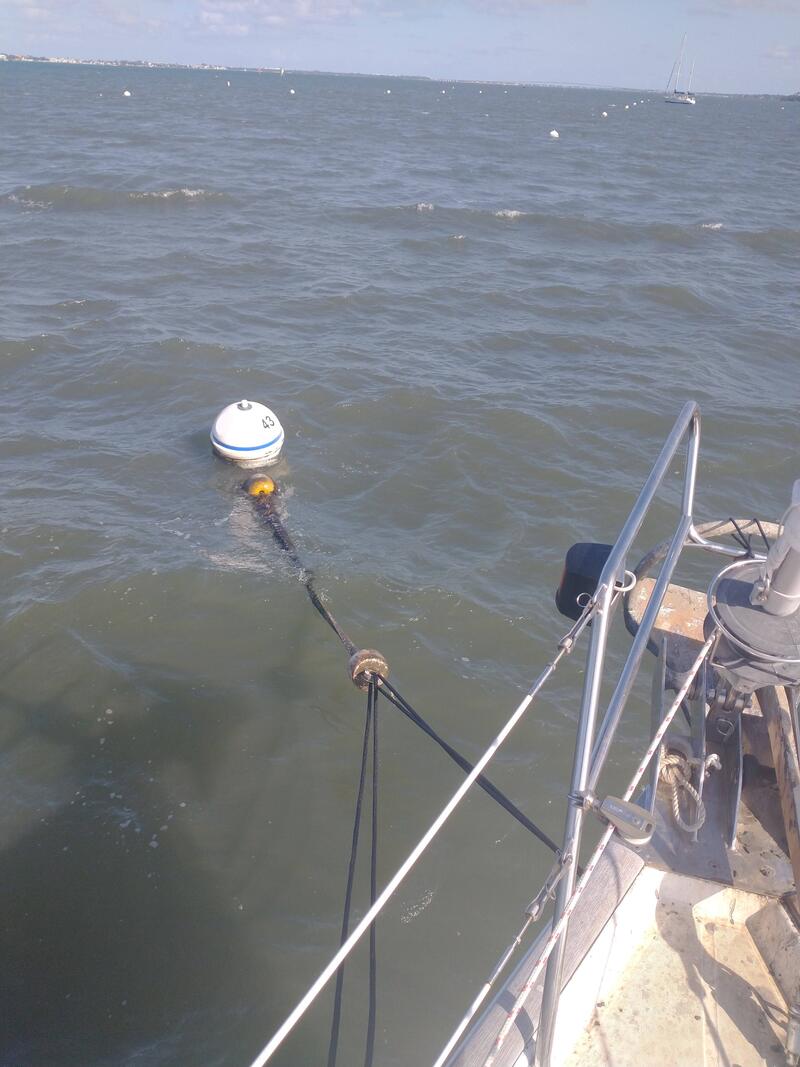

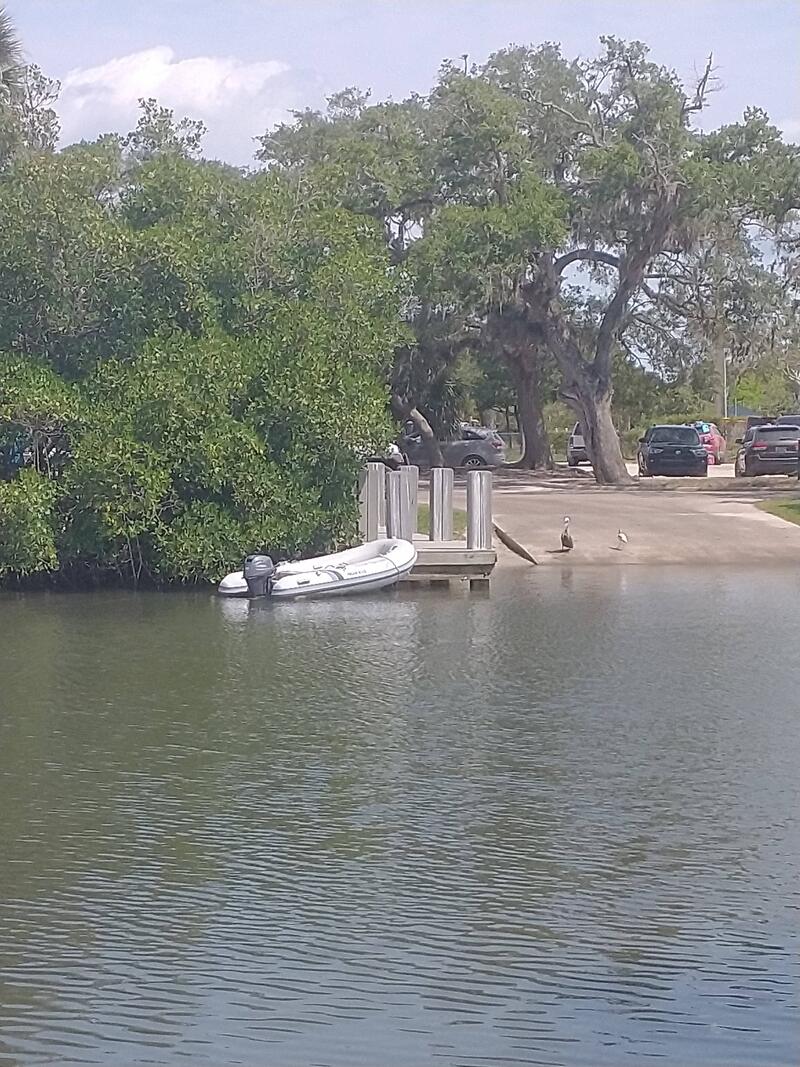




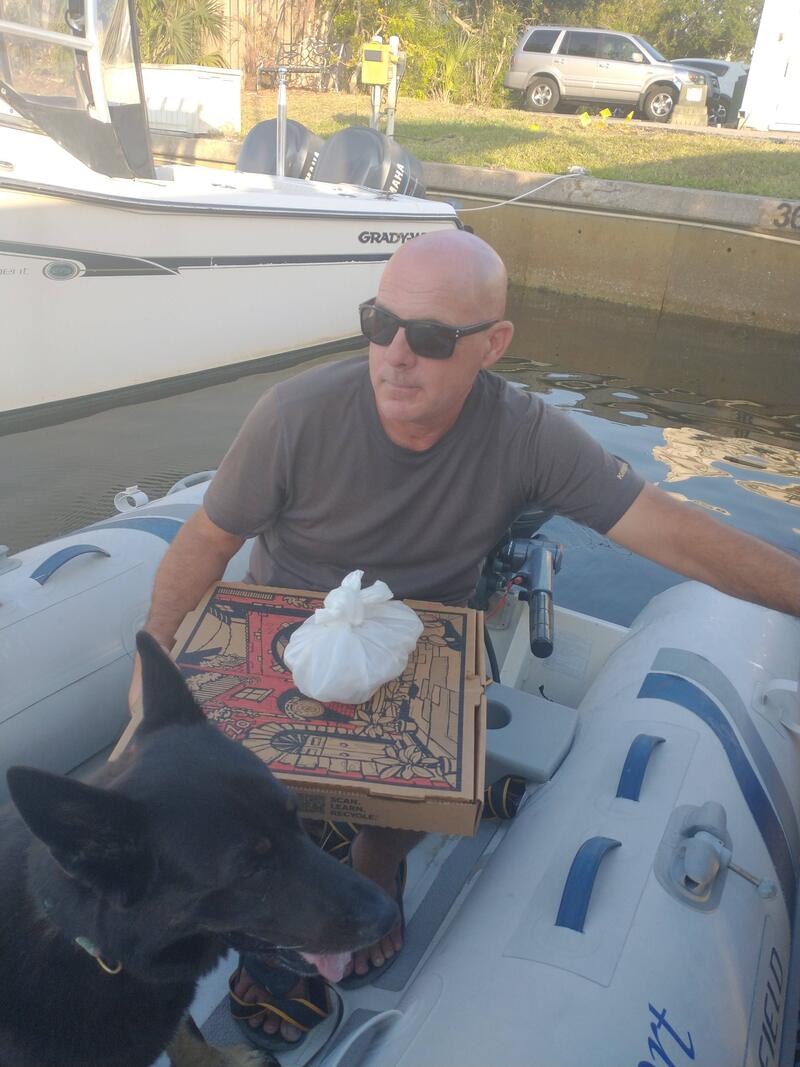
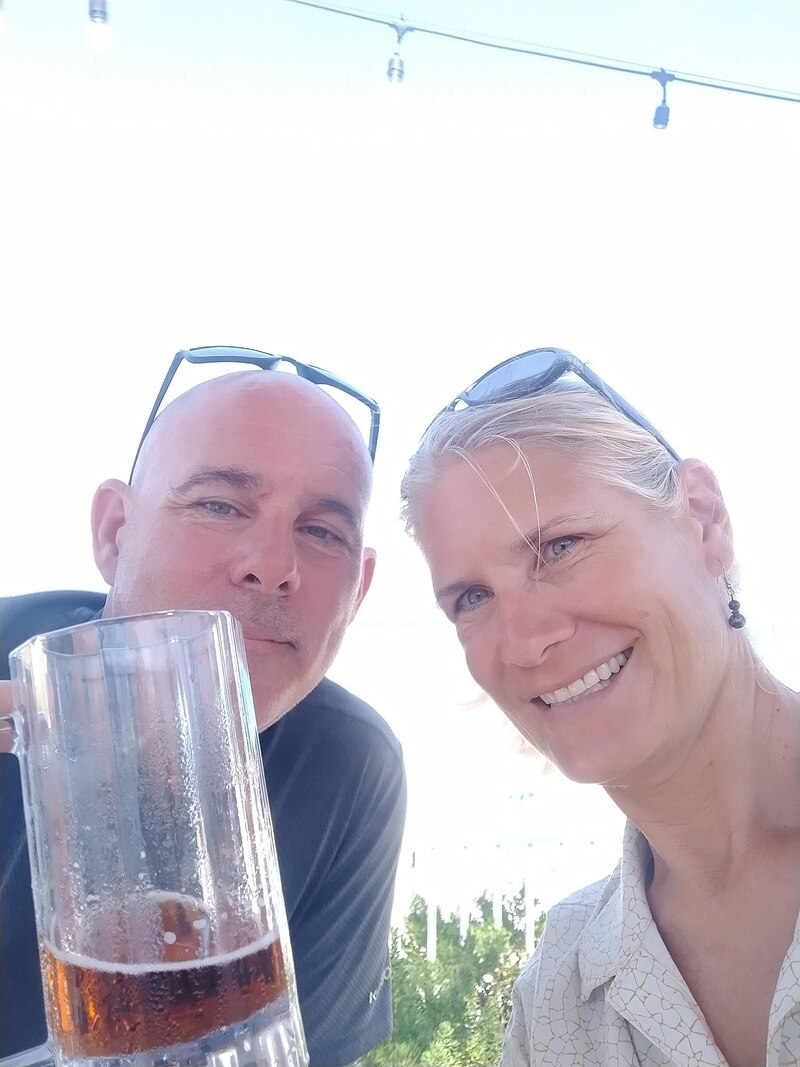


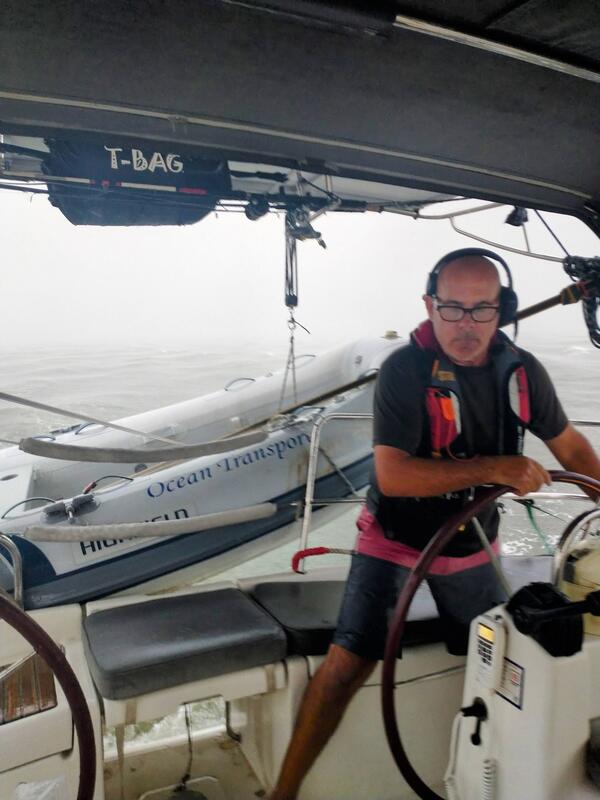

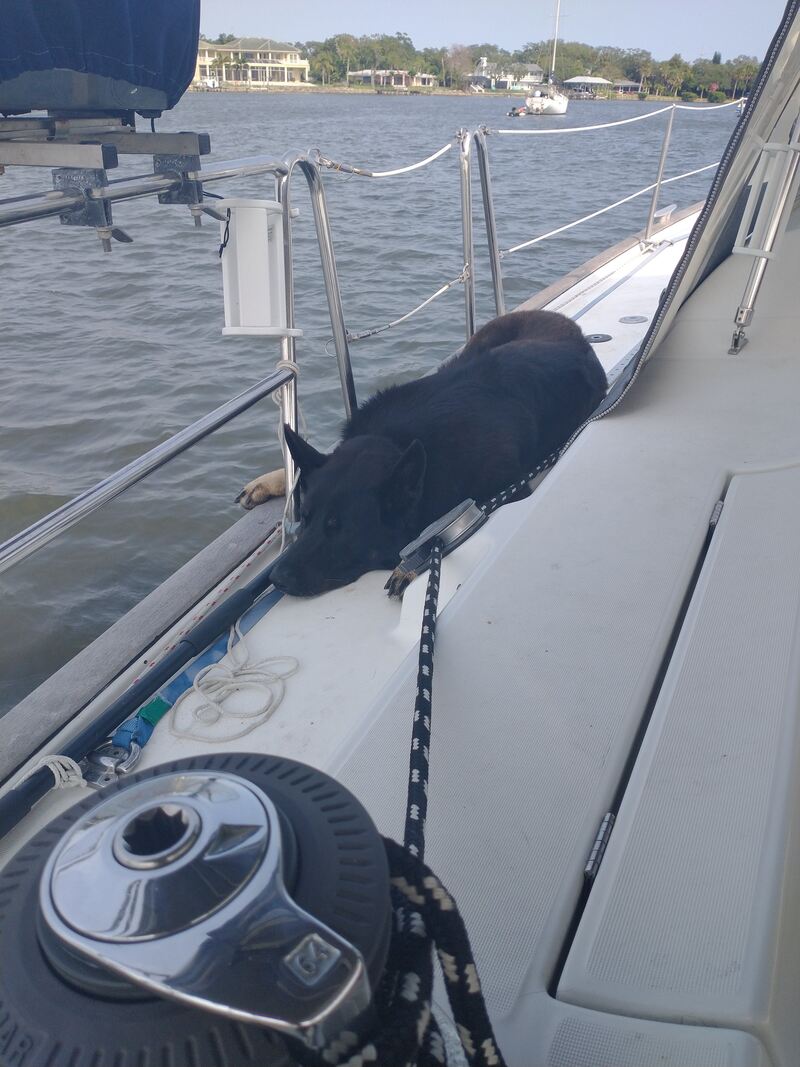


 RSS Feed
RSS Feed
